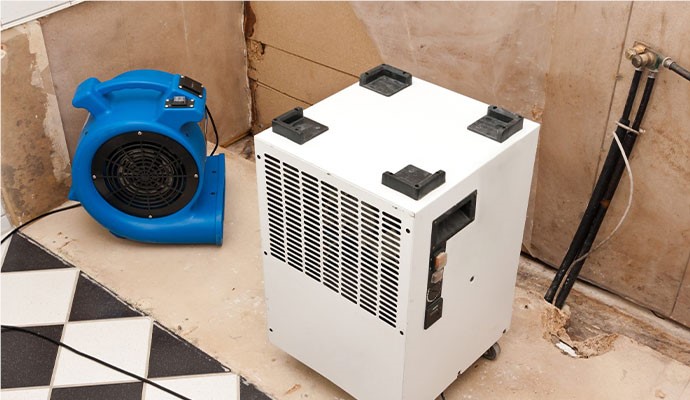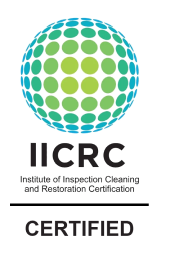
Water damage to your home can be a confusing situation. You want to get it taken care of immediately to prevent further damage, but you don’t want to actually increase the damage by doing the wrong thing. Repair and reconstruction of damaged areas of your home cannot take place until the structure has been completely and properly dried.
Before the structure can be dried out, standing water will need to be extracted and dehumidifiers set. This will help to decrease the chance of mold growing and eliminate the potential health hazards that could exist in the standing water.
When the dry out process begins, it’s incredibly important that the job is done by a professional to ensure a thorough dry out. Water can easily creep into unseen crevices and soak into materials, so even if the area looks dry there can be moisture lurking undetected. This can lead to mold growth and other damages like cracked drywall and ruined subfloors. There are several things that can be done to ensure the home is completely dry before reconstruction starts.
- One thing that you, the homeowner, can do before professional drying starts is open windows in the home to promote natural air flow. Even this simply air flow from the windows will help initiate the drying process and will help prevent mold growth
- A mitigation team will come into set drying equipment to make sure your home is dried out.
- If necessary, a containment area will be set up by taping off the affected area while drying to ensure that the heat and airflow are staying the in the rooms that need it most.
- Air movers are huge fans that do exactly what their name suggests: they move air. These fans help circulate air throughout to the room to promote drying.
- Dehumidifiers are set to keep the environment dry which ensures the air movers are not just pushing around wet, humid air. This will help decrease the incidence of warped floors, walls, and furniture.
- Materials that cannot be dried effectively such as insulation, molding, and wallpaper will need to be removed to remove trapped moisture.
- Continuous moisture readings will be taken to monitor the progress. The mitigation team will use a moisture meter to assess the moisture level in the remaining materials keeping in mind that even though material doesn’t look wet doesn’t mean that it’s not.
A structural dry out looks simple on the surface, but it’s not as simple as just removing visible water and extracting fans. An improper dry out and mitigation process can come back to bite you tenfold. The longer water is allowed to sit, the more damage it causes, not to mention the increased risk of mold growth in the home. Even a small water damage can cause massive damage, so it’s always a good idea to allow a professional mitigation team to assess the damage for you.
Subscribe to Innovative Restorations's Blog






Comments